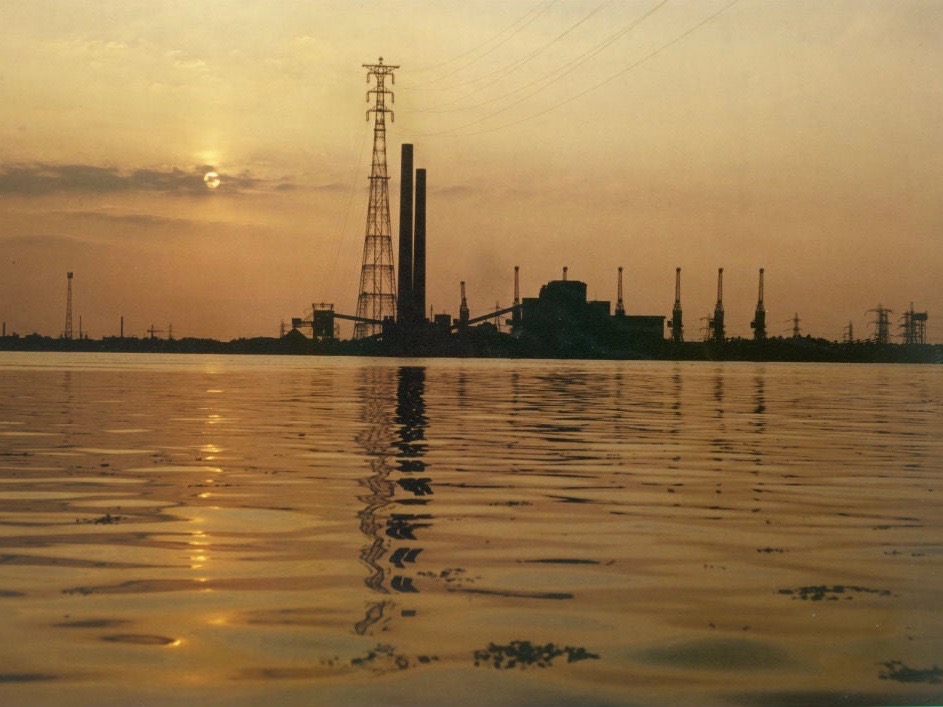
By filming from the low freeboard of a small boat, the film attempts to capture the point of view of the river itself, tracing the 50 mile journey from the heart of London to the open sea. This contemporary view is set in an historical context through use of archive images and the words of the travel writer Thomas Pennant, who followed exactly the same route in 1787. (Courtisane)
EN
“Raban’s reflective, ambivalent approach to cinematic Modernism reaches its apogee in Thames Film (1986)…Narrated by John Hurt, it is the closest Raban comes to a conventional documentary, incorporating archive film from 1921-1951, panoramic photographs taken in 1937. Brueghel the Elder’s painting the Triumph of Death and T.S. Eliot reading Four Quartets. Raban centres a study of the sites of modernity, and the meanings that time has inscribed into them, on the Thames, juxtaposing shots of the river in 1986 with readings from Thomas Pennant’s Journey from London to Dover (1787, close to the emblematic date of ‘modernity’, 1789). Modernity is put on trial: Pennant’s links between British imperialism, technological advances and the Thames are juxtaposed with derelict British imperialism, technological advances and pompous voiceovers from post-war newsreels anticipating the collapse not just of the Empire but also the ideals which supported it.”
Gareth Buckell1
“There are moments of light and colour that lift the spirit with exaltation. There are giant shapes and structure that fill the mind with awe. There are passages of mist and turbulence that recall the primaeval Thames of swamps and marshes. The multifold images of the river run through this film like the currents and tides of the water itself. It is a film, in every sense, of great fluency.”
Peter Ackroyd2
- 1Gareth Buckel, “Thames Film”.
- 2Peter Ackroyd, “Peter Ackroyd on William Raban,” Lux Online. Originally published for a BFI DVD William Raban: British Artists’ Films.

